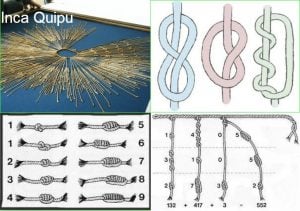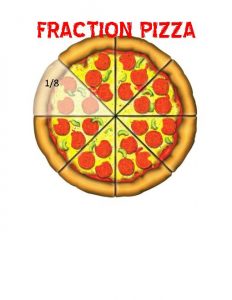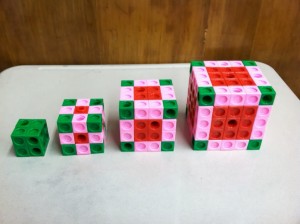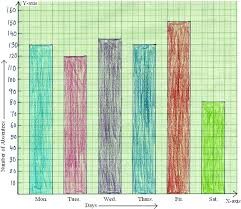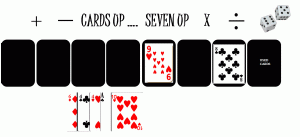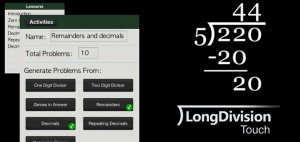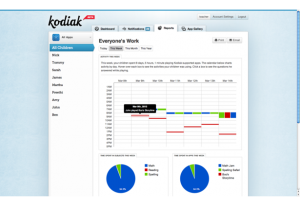The image displayed above could be used in an integrated math classroom to help teach 4th grade math students about mathematical practices from ancient civilizations as well as record keeping techniques. Often times, we get caught up in the paper and pencil way of showing one’s work. By integrating a bit of Inca history in our math classroom we can elicit a different form of showing work and have some creative and artistic fun while we’re at it. A rich math task to help students model adding multi-digit whole numbers is to have students learn about Inca culture and create a quipu, which is a knot technique used to add multi-digit whole numbers.
Students would be able to read about Inca life and customs and then create a quipu using numbers of their choice. Once students are taught the fundamentals about what certain knots represent and how they are positioned, they can create their own quipu that displays an algebraic equation. An extension that can be used with this task is to have students trade quipu and determine what the equation represented is and check to make sure the answer represented is correct. Another extension would be to have students divide into stations and go around to each station and use a handout to write down the equations represented on various quipu and move about the room until they have been to each quipu station.
This task is a rich math activity because it can be done by all students of varied skill levels. Advanced students can create more complex equations, while struggling students can create much simpler equations. This task also provides multiple pathways in the sense that students can creatively represent their equations on their quipu with a variety of colors and string lengths.
The multicultural aspect of this picture activity is that it not only integrates a different form of writing math equations, but it also introduces students to Inca culture and other social studies content. Writing and literature are another integration that can be used with lesson because students read informational text about people of the Inca culture and then get an opportunity to write about how the advancements of mathematics have evolved, Inca history itself, and how students created their own quipu.
Integrated Common Core State Standards and Mathematical Practices Addressed:
CCSS.Math.Content.4.NBT.B.4
Fluently add and subtract multi-digit whole numbers using the standard algorithm.
CCSS.ELA-Literacy.RI.4.7
Interpret information presented visually, orally, or quantitatively (e.g., in charts, graphs, diagrams, time lines, animations, or interactive elements on Web pages) and explain how the information contributes to an understanding of the text in which it appears.
CCSS.ELA-Literacy.W.4.2.d
Use precise language and domain-specific vocabulary to inform about or explain the topic.
CCSS.Math.Practice.MP4 Model with mathematics.
CCSS.Math.Practice.MP5 Use appropriate tools strategically
CCSS.Math.Practice.MP6 Attend to precision.
